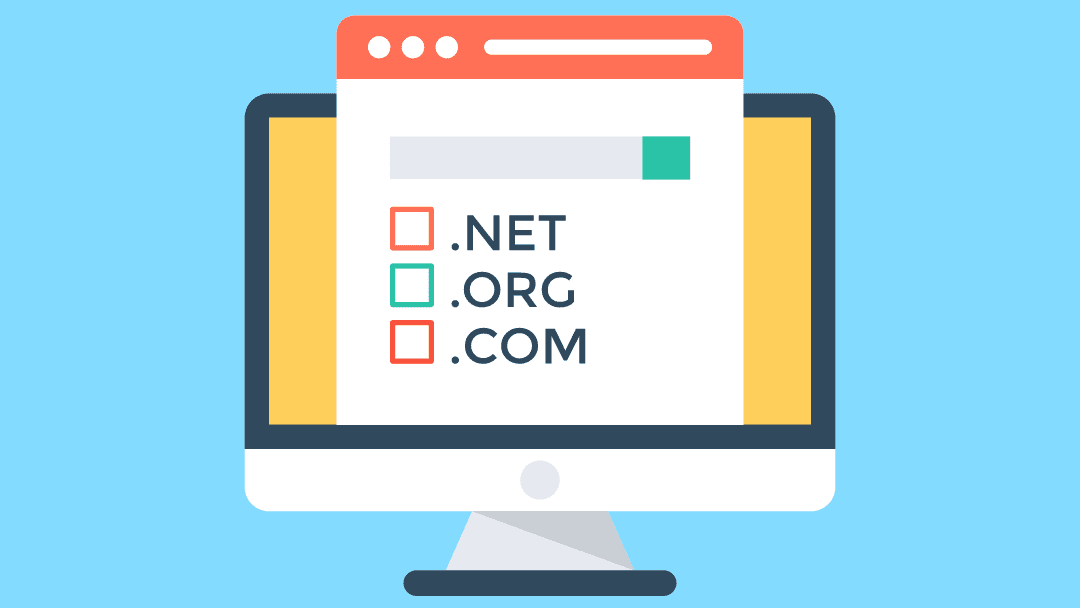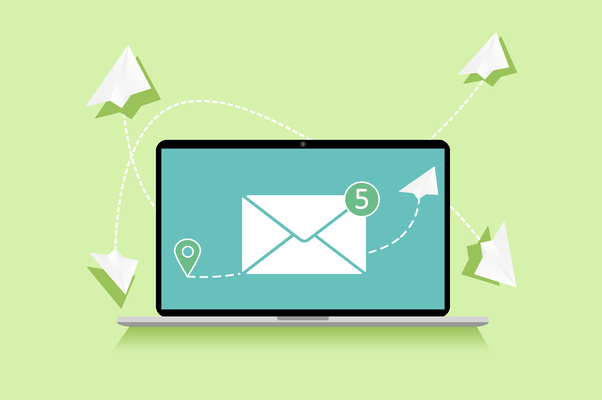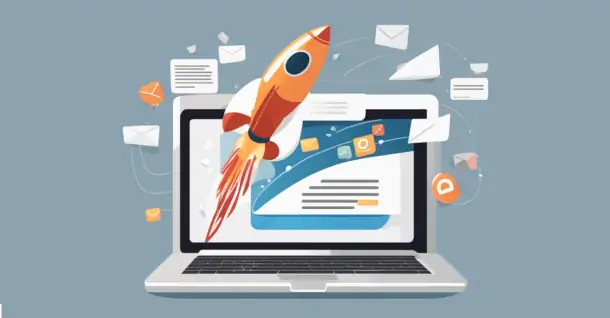Speaking about email marketing we always mention the importance of the sender reputation. Yes, it is crucial to always take care of your sender reputation, otherwise, you will waste your time and money on email marketing without any results. But what if someone just starts with email marketing, what should be done to have a good sender reputation?
Well, we have already talked about many checkpoints that should be passed as you start using email marketing in our article about Sender Reputation, but here we want to stop on Warm-up and speak about it in detail.
What is Warm up?
“Warm-up” in email marketing refers to a gradual process of establishing trust and credibility with internet service providers (ISPs), email service providers (ESPs), and email inbox providers. The goal is to gradually increase the volume of emails sent from a new email sender domain/IP address without triggering spam filters or being marked as suspicious.
When is it needed?
You need to warm up your domain in two cases:
- You have a large number of email addresses but you didn’t use email marketing and want to start.
- You want to implement a cold email marketing strategy.
Although cold email marketing is also an accepted strategy, we don’t recommend it, so we will speak about the case when you have a large number of email addresses but you didn’t use email marketing and want to start.
Imagine you have a hotel with a website, where people can make online bookings, and during that process, they leave their email addresses. But for whatever reason you don’t use email marketing.
One day, after all, you decide to start email marketing and use the email addresses you have collected during those years. And here is the time when you must not rush.
At first, you should warm up your domain.
Here’s a detailed description of the warm-up process:
- Start Slowly: Initially, you send a small volume of emails per day. This volume gradually increases over time. This gradual increase signals all parties of the emailing process that you’re a legitimate sender establishing a sending pattern.
- Maintain Consistency: During the warm-up phase, it’s crucial to maintain a consistent sending schedule. This consistency helps recognize all parties of the emailing process and your sending behavior as predictable and non-spammy.
- Segment Your Audience: Begin by sending emails only to your most engaged subscribers or those who have recently opted in. This reduces the risk of complaints or spam reports during the warm-up phase.
- Monitor Deliverability Metrics: Keep a close eye on key deliverability metrics such as open rates, click-through rates, bounce rates, and spam complaints. Monitoring these metrics helps you identify any issues early on and adjust your sending strategy accordingly.
- Gradually Increase Volume: As your sender reputation improves and your emails consistently land in subscriber’s inboxes, you can gradually increase the volume of emails sent per day or week. However, it’s essential to do this gradually to avoid overwhelming or triggering spam filters.
- Authenticate Your Domain: Implement email authentication protocols such as SPF, DKIM, and DMARC to prove the legitimacy of your domain. Proper authentication helps all parties in the emailing process verify that your emails are coming from a trusted source.
- Monitor Feedback Loops: Sign up for feedback loops provided by ESPs. These services notify you when subscribers mark your emails as spam, allowing you to promptly remove them from your mailing list.
- Test and Optimize: Continuously test different elements of your email campaigns, including subject lines, content, and sending times. Use the insights gained from these tests to optimize your campaigns for better engagement and deliverability.
How to warm up your domain.
There are two ways for domain warm-up
- Manual warm-up
- Using warm-up tools
Manual warm-up is when you do the process we described above on your own without using any additional tools for warm-up. Results can be the same, but you should consider the fact that you will spend some time doing all the necessary steps for warm-up.
Fortunately, there are many warm-up tools that can help you automate the process and warm up your domain without spending much time on that process.
Here are some of those tools:
Mailwarm: Mailwarm is a dedicated tool designed specifically for email warm-up. It automates the process of gradually increasing your email-sending volume while monitoring key deliverability metrics.
Warmup Inbox: Warmup Inbox is another tool that helps you warm up your email-sending reputation. It offers features such as personalized warm-up schedules, domain reputation monitoring, and inbox placement testing.
Senders: Senders is a comprehensive email deliverability platform that includes warm-up functionality. It provides tools for monitoring sender reputation, optimizing deliverability, and identifying potential issues that may affect your email campaigns.
250ok: 250ok offers a suite of email deliverability tools, including Inbox, which helps with warm-up and monitoring sender reputation. It provides insights into inbox placement, engagement metrics, and spam filter performance.
MailMonitor: MailMonitor offers warm-up services along with email deliverability monitoring and optimization tools. It helps you track inbox placement rates, sender reputation, and subscriber engagement to improve email deliverability.
GMass: While primarily known as an email marketing tool, GMass offers features for warming up your email-sending reputation. It allows you to schedule and stagger your email sends over time to gradually increase your sending volume.
Bananatag: Bananatag offers email tracking and analytics tools that can be useful during the warm-up process. It provides insights into email engagement metrics, allowing you to monitor the effectiveness of your warm-up efforts.
These tools can assist you in automating and optimizing the warm-up process, ensuring that your emails land in subscribers’ inboxes and avoid being flagged as spam. However, it’s essential to choose the tool that best fits your specific needs and budget.
Conclusion
In summary, enhancing deliverability rates and building a solid reputation as an email sender need the implementation of a warm-up procedure. To ensure that their emails reach subscriber’s inboxes rather than being marked as spam, marketers should establish trust with all parties of the emailing process by progressively increasing sending volume, maintaining consistency, and tracking important data. Marketers may maximize the efficacy of their email marketing initiatives by navigating the difficulties of email deliverability by utilizing specialized warm-up tools and adhering to best practices. Marketers may establish a strong basis for successful email marketing campaigns and increase engagement with their target audience by using a well-thought-out warm-up approach.








